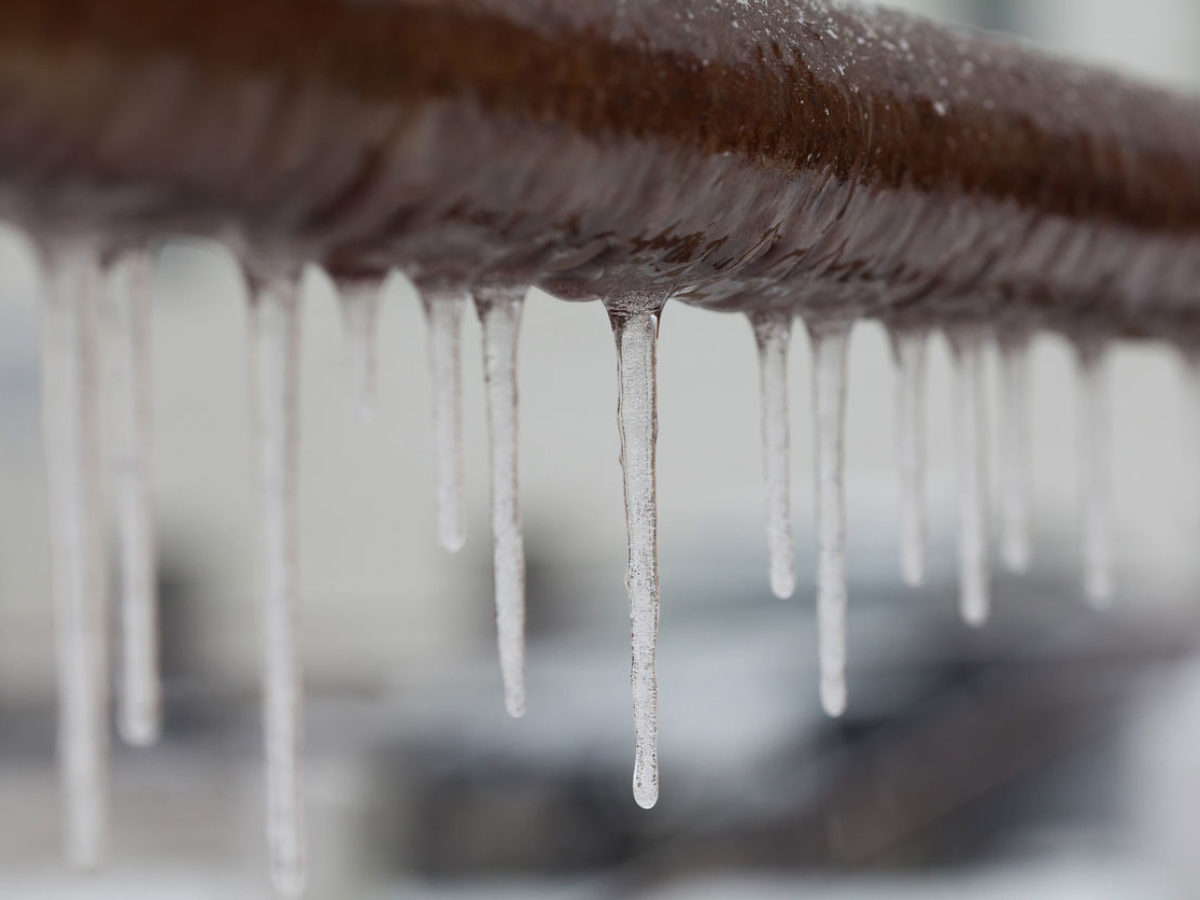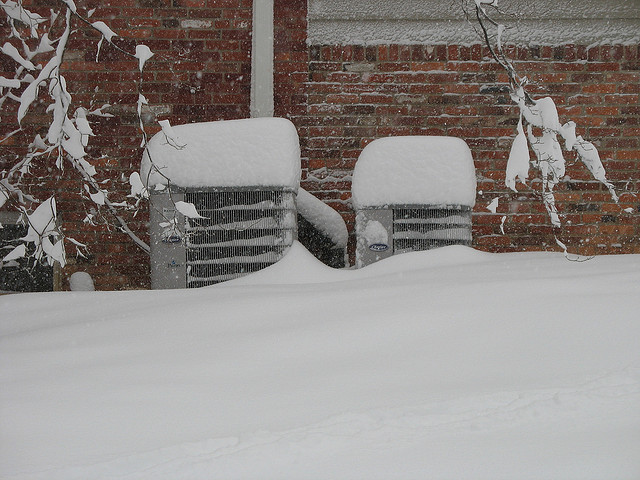Identifying a Frozen AC Pipe - Efficient Fixes for Home Cooling Systems
Identifying a Frozen AC Pipe - Efficient Fixes for Home Cooling Systems
Blog Article
This post below about How can I fix an air conditioner’s frozen pipe? is extremely motivating. Try it and draw your own personal results.

Introduction
Uncovering that your AC pipe is iced up can be worrying, especially throughout hot summer season when you rely on your air conditioning unit one of the most. Understanding what to do in such a circumstance is essential to prevent additional damages to your air conditioning system and ensure your comfort inside.
Recognizing the Causes
Several variables can add to the cold of an a/c pipe. Understanding these reasons can assist you deal with the issue effectively.
Absence of Airflow
One common root cause of an icy a/c pipe is inadequate air flow. When the airflow over the evaporator coil is limited, it can create the coil to go down below freezing temperature, resulting in ice development on the pipeline.
Low Refrigerant Levels
Insufficient refrigerant levels in your air conditioning system can additionally cause an icy pipeline. Reduced refrigerant levels can cause the stress in the system to drop, resulting in the cold of moisture on the evaporator coil.
Cold Weather Conditions
In cooler environments, freezing temperature levels outside can contribute to the cold of air conditioning pipelines. If your AC device is not correctly shielded or if there are leaks in the ductwork, cold air can infiltrate the system, creating the pipe to freeze.
Dirty Air Filters
Unclean or clogged up air filters can restrict airflow in your air conditioner system, resulting in numerous problems, including a frozen pipe. It's important to change or clean your air filterings system regularly to make certain correct airflow and protect against ice buildup.
Signs of a Frozen Air Conditioning Pipe
Acknowledging the indications of a frozen a/c pipeline is critical for punctual activity.
Decreased Airflow
If you notice a considerable reduction in air flow from your vents, it might show an icy pipe.
Ice Buildup on the Pipe
Noticeable ice buildup on the refrigerant line or the evaporator coil is a clear indication of an icy air conditioning pipeline.
Odd Sounds from the Unit
Unusual audios, such as hissing or bubbling, originating from your a/c device can indicate that there's ice existing on the pipe.
Immediate Actions to Take
When confronted with a frozen AC pipe, it's vital to act rapidly to prevent further damages to your cooling system.
Turning off the a/c
The very first step is to turn off your air conditioning unit to stop the system from running and exacerbating the problem.
Looking for Blockages
Evaluate the location around the indoor device for any kind of obstructions that might be obstructing airflow, such as furnishings or drapes.
Defrosting the Pipe
You can use gentle methods like putting towels soaked in warm water around the frozen pipe to aid thaw it gradually.
Safety nets
Taking preventive measures can aid stay clear of future incidents of a frozen a/c pipe.
Normal Maintenance Checks
Schedule normal maintenance consult a professional HVAC professional to make certain that your AC system is running effectively.
Transforming Air Filters
Consistently replace or cleanse your air filters to prevent air flow restrictions and preserve ideal efficiency.
Insulating Exposed Pipes
If your a/c pipes are subjected to cold temperature levels, think about shielding them to avoid freezing throughout cold weather.
Seeking Professional Help
If DIY techniques stop working to fix the concern or if you're unclear about just how to continue, it's ideal to seek aid from a certified HVAC technician.
When DIY Methods Fail
If your efforts to thaw the pipeline or address various other issues are unsuccessful, it's time to hire an expert.
Importance of Hiring a Professional HVAC Technician
A licensed HVAC service technician has the expertise and devices necessary to identify and fix issues with your a/c system securely and properly.
Verdict
Handling a frozen a/c pipe can be a discouraging experience, however knowing just how to respond can aid reduce damage and restore convenience to your home. By understanding the reasons, identifying the signs, and taking prompt action, you can successfully resolve the concern and stop future incidents.
What to Do If Your AC Line Is Frozen
Make Sure All Supply and Return Air Vents Are Open
If you notice problems with airflow, the first thing you should do is check your supply and return vents. Supply vents distribute clean, conditioned air throughout your home. As this air becomes stale, it’s pulled into the return vent, where it’s reconditioned before being sent back out through the supply vent.
When these vents are closed, air won’t flow in the home. Before examining your AC, check the vents in every room and ensure they’re all open.
Check for a Dirty Air Filter
Another possible cause of limited airflow is a dirty air filter. Your air conditioner’s filters catch elements you don’t want to breathe in, such as dirt and dust. Over time, filters can become clogged, ultimately blocking air from flowing in and out. The lack of airflow can then cause the entire coil to freeze and will completely restrict any air from moving through it. The AC may need to be powered off for one to two days to allow the coil to thaw after replacing the filter to allow proper functioning of the unit. This debris can also accumulate on your AC’s evaporator coil, requiring a more serious repair. In general, air filters should be cleaned regularly (about every two weeks).
Assess Your Outdoor Unit
In addition to checking your AC, assessing the outdoor unit is a good idea. Also known as the condensing unit, it works with your interior unit to release heat outside. An issue with the outdoor unit can result in rising internal temperatures.
Overgrown Shrubs or Clogged Leaves
From leaves and twigs to shrubs and debris, there’s no shortage of outdoor elements that can accumulate around your condensing unit. When these elements get lodged inside the unit, they can block airflow. Fortunately, removing the blockage can solve the problem.
Sounds of a Broken Fan
Shrubs and leaves aren’t the only things that can impede your outdoor unit’s airflow. If the fan is broken, the unit won’t be able to properly get rid of heat — which means the internal temperature won’t go down. First, make sure the fan is spinning. If it is, check for the following sounds of a broken fan:
Buzzing Rattling Screeching Hissing Clicking Preventative Measures
Nobody wants to deal with a frozen AC line. In addition to causing problems with your air conditioner, they require professional repairs. On the bright side, there are preventative measures you can take to help ensure this issue doesn’t arise in the first place.
https://www.coopergreenteam.com/blog/what-to-do-if-ac-line-frozen

We had been made aware of that report on Have a Frozen AC Line? Here’s How to Fix It through a friend on another web page. Appreciated our piece of writing? Please share it. Help someone else locate it. I value reading our article about Why Is Ice On My Outside Air Conditione.
Schedule Report this page